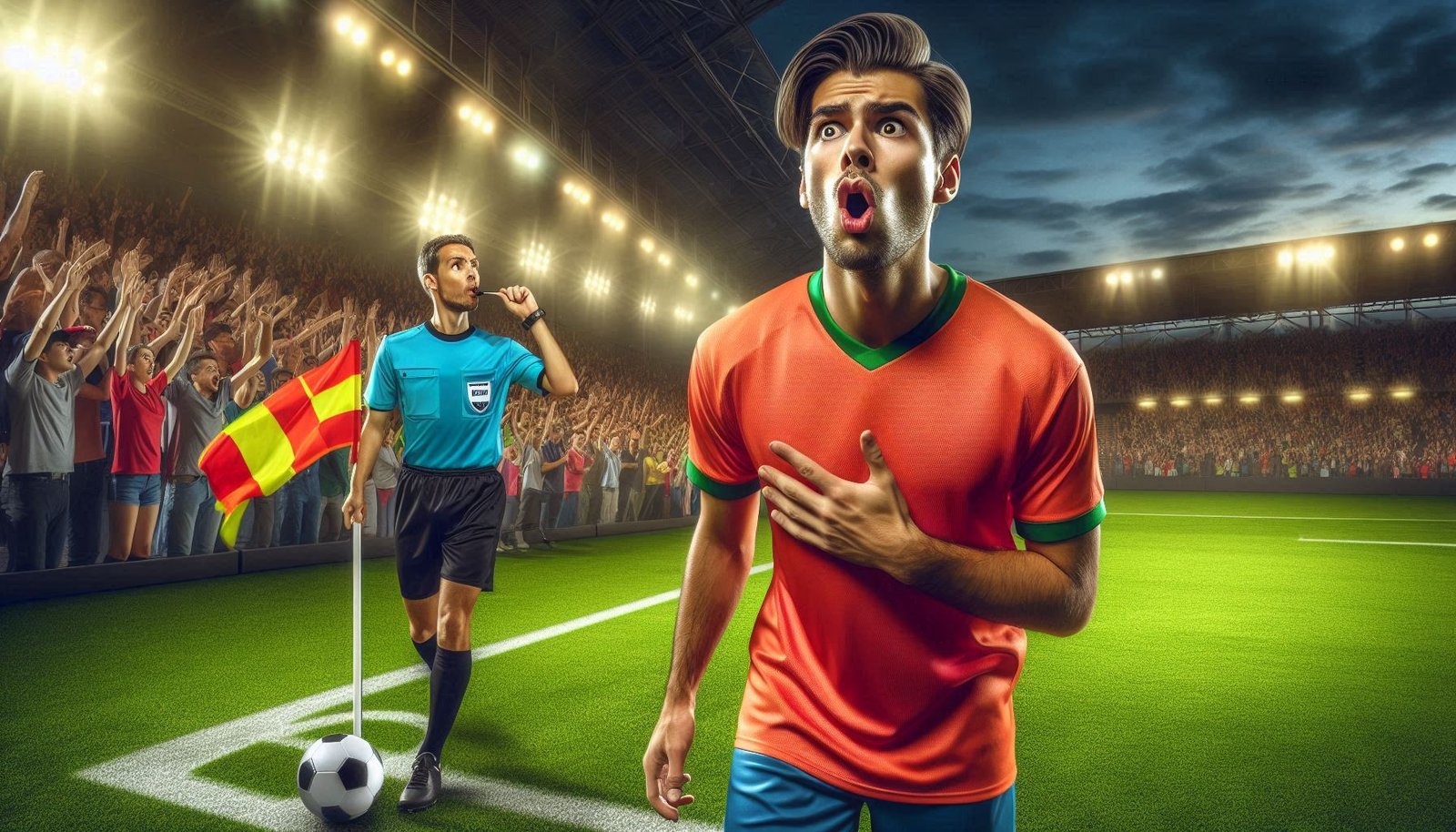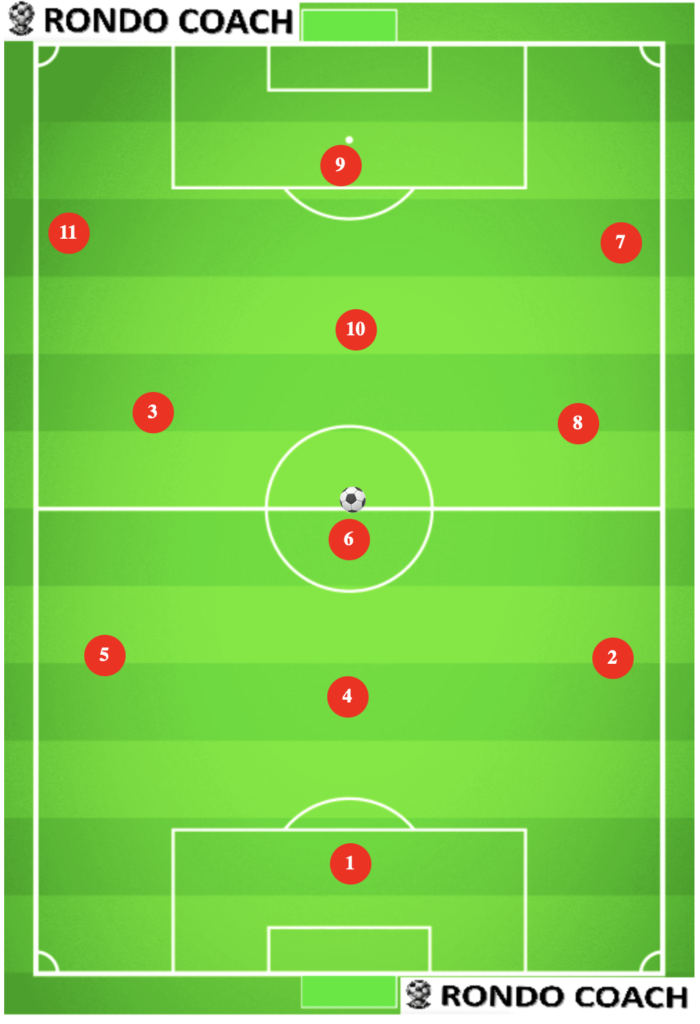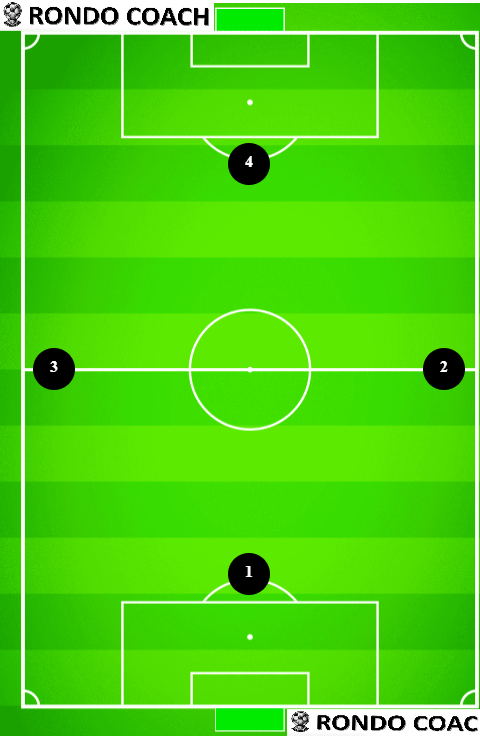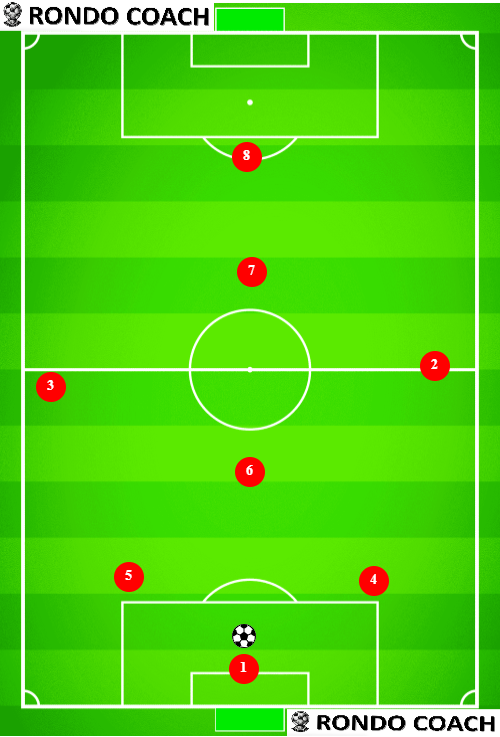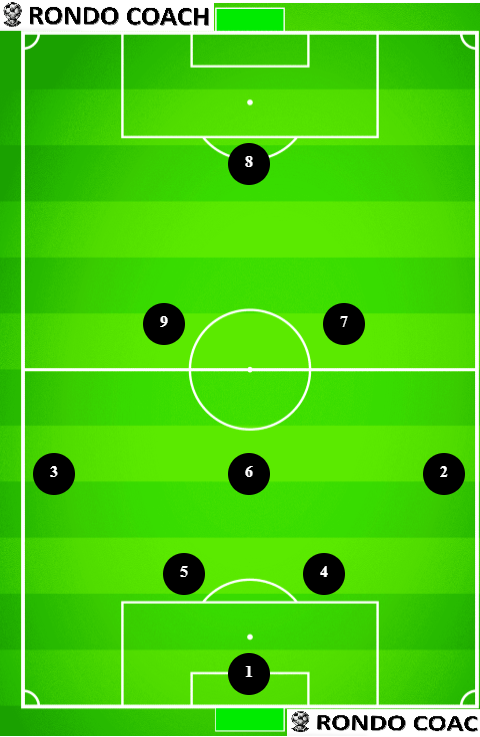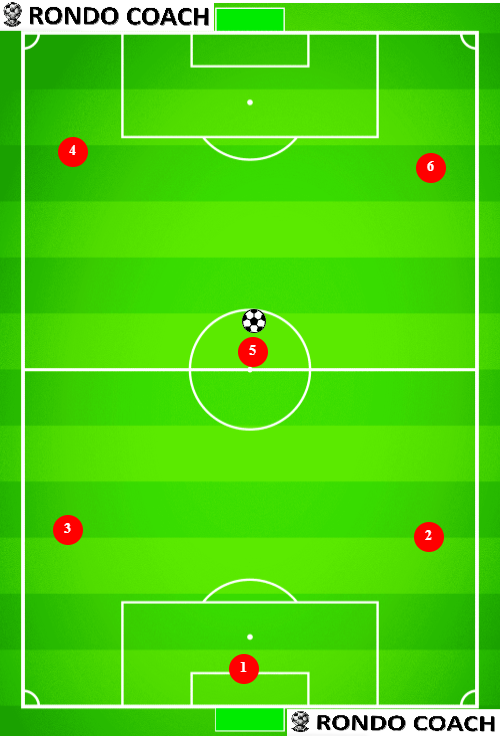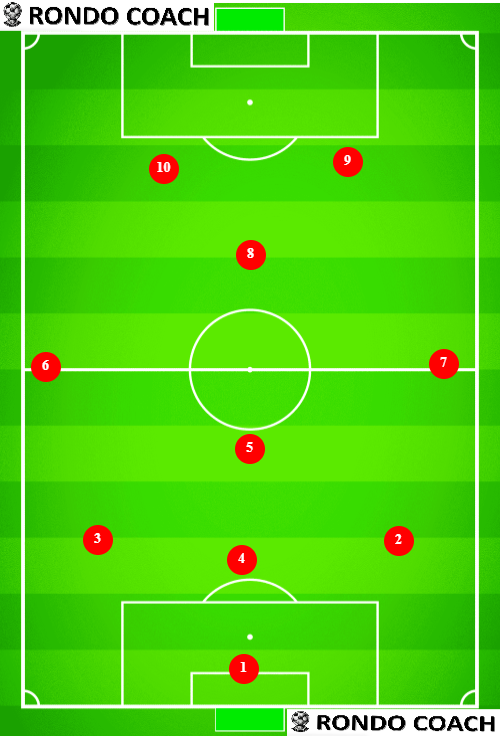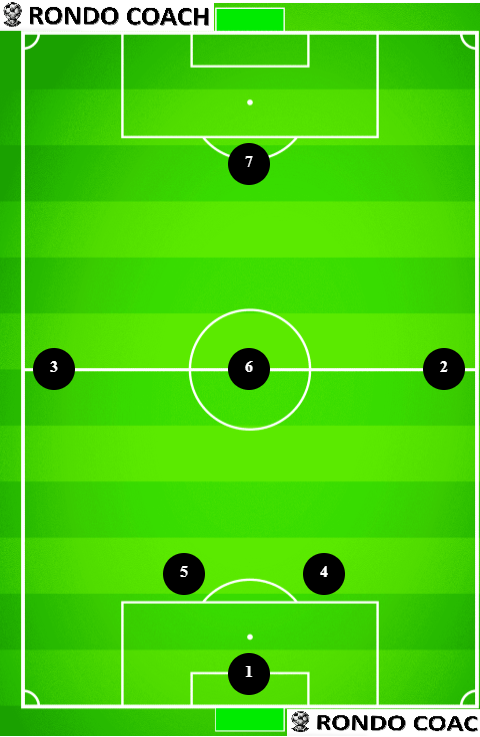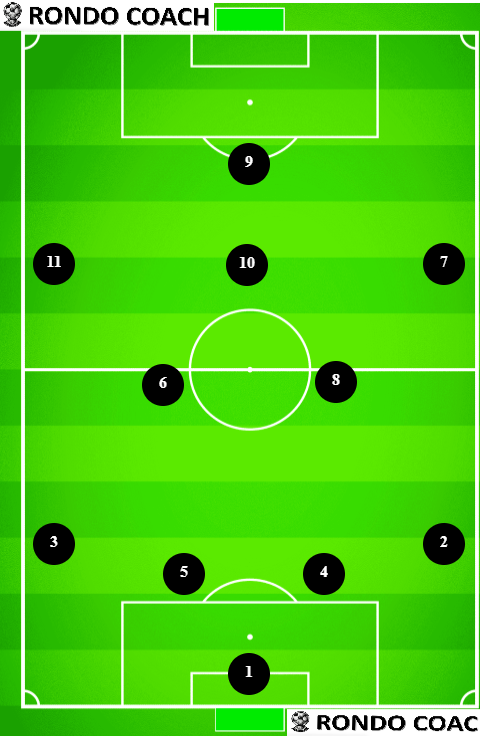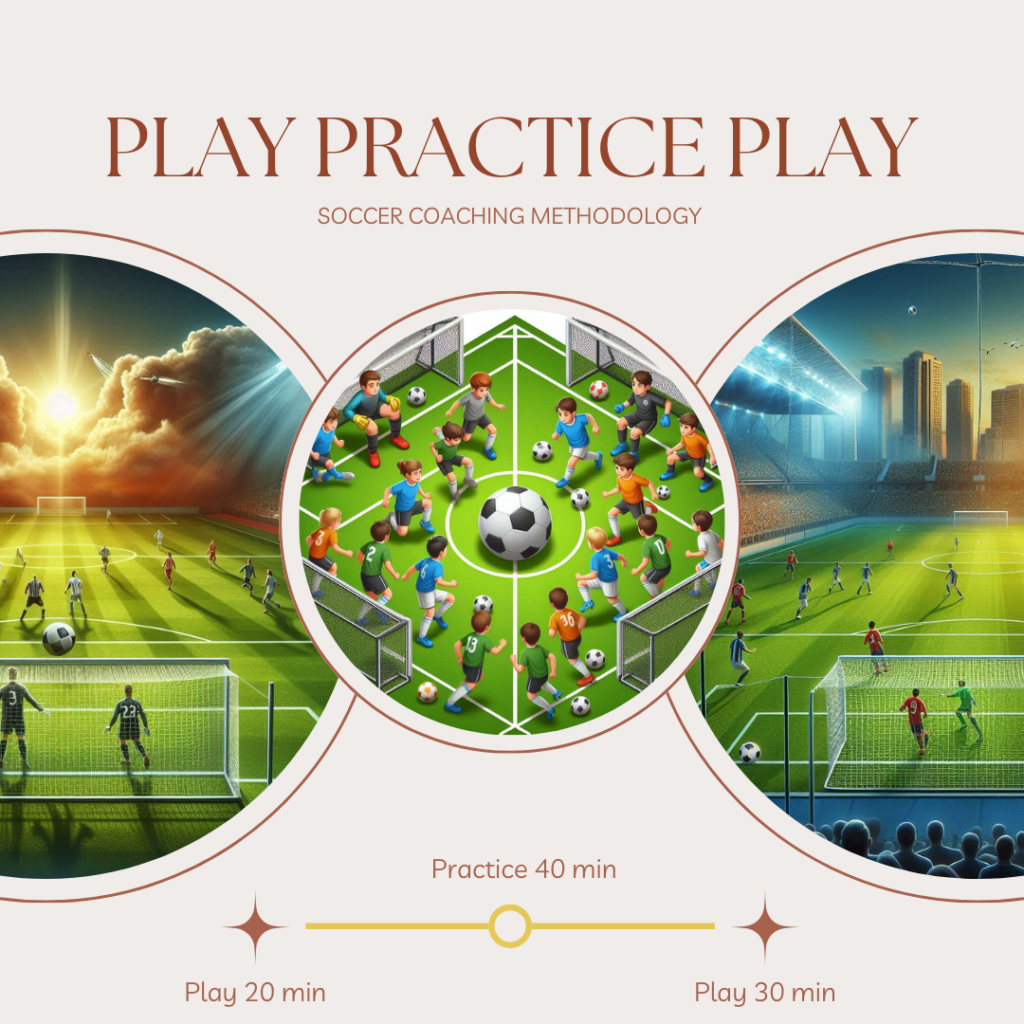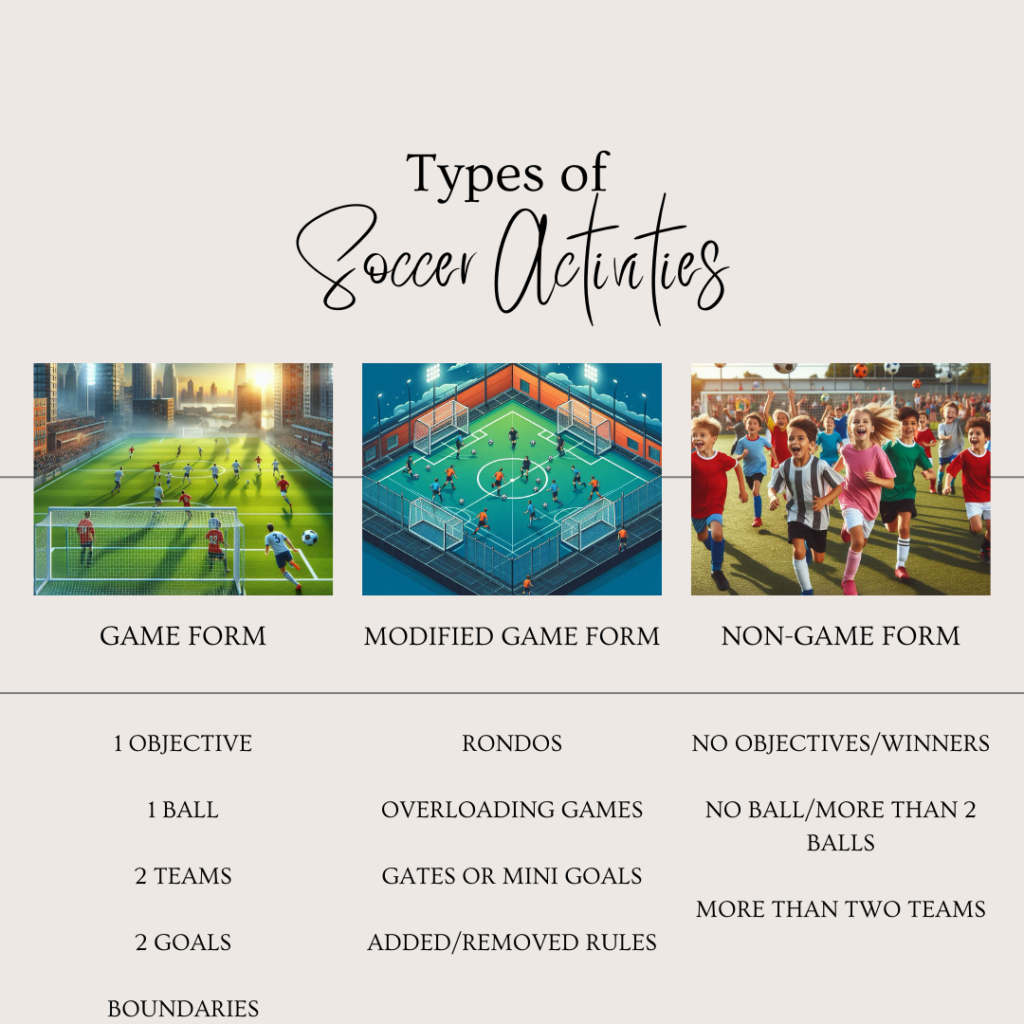La Pausa – The Genius Move to Stop Time
Imagine you can pause or even slow time. For 90 minutes, the mind is racing, the heart is pounding. The opponents are pressuring you, your coach and your teammates are always asking for more, faster and stronger. You can’t hear anything from the yelling on the sidelines and you are scared to make a mistake. Then you see a player that looks like they have all the time in the world. They take their time to pick the right pass, do the right trick, take the simple, easy shot on goal. They create La Pausa. How do they do that?
Speed is everything in soccer. But not always the kind you think. Sometimes, the smartest move… is to pause. “La Pausa” — the art of holding the ball just long enough to let your teammates move into smarter positions, to invite pressure, and to open up space that didn’t exist a second ago. Let’s break it down from individual, team and defending point of views.
What is La Pausa?
“La Pausa” is a Spanish term that translates to “the pause.” But in soccer, it’s not about hesitating—it’s about controlling the tempo of the game. Traditionally, it describes a moment where a player intentionally delays the next action—whether it’s a pass, a dribble, or a shot—not because they’re unsure, but because they’re waiting for something better to happen.
A simple example: A midfielder receives the ball from the back and could pass again right away—but instead, they hold for a second. That pause gives time for an attacker to make a more dangerous run, or for a defender to step out of position, or a winger to cut in. This moment of stillness creates disorder for the opposition and opportunity for your team.
Making sure we are clear – a situation like this is not an opportunity for la pausa. At least not a smart one. If the midfielder has an opportunity for a clean pass to the winger to play 1v1 to the goal, that should be executed immediately. The entire team is working to get a 1v1 or 2v2 situation close to the opponent’s goal. So if the midfielder holds the ball for too long instead of passing, then it’s a lost opportunity, not la pausa.
Now, soccer stars like Juan Román Riquelme, Andrés Iniesta, and Sergio Busquets made careers out of this skill. They didn’t just play the ball—they made defenders make decisions first. As you might guess, two key factors are the technical abilities of these players and the awareness or scanning. However, there is also one more key component and that is the trust of their teammates. Teammates need to make runs when they know that there is a little chance at the moment to receive the ball. The player with the ball often looks like they are not aware of their teammate making a run. However, the belief that the player with the ball can find the right pass is key.
Attributes of La Pausa Masters
Let’s look at the three aspects of la pausa. Firstly, the individual with the ball must be able to hold onto the ball. That’s why I try to minimize the one-touch rule in my drills. Instead, every drill is a one touch if the context is right, but it’s as many touches as it’s needed if the situation asks for it.
To improve the ability to hold onto the ball, I like to play king of the pitch, where everybody starts with a ball in a size of about the penalty area. Once a ball goes out, it’s out of play. All players without a ball tries to get a ball from somebody else and tries to keep that ball, so they stay with the last ball in play. This can be fun and useful for 5 years old kids, 15 year old teenagers and even 35 years old adults.
The second aspect is to have awareness, and to think before you receive the ball. It’s hard to make a smart decision if you start looking around you once you have the ball. You need to control, dribble and protect the ball, so if this is the first time you start looking for teammates and opponents, then start thinking what your options are, it’s probably too late. Imagine if there is a fullback making a run from deep, but you will need to pass to them in few seconds, not now. Do you think you will be able to see them and make that pass once your defender is onto you and your first touch have not set you up to do that pass? I don’t think so.
For coaches, if you want to design a drill, set a 5v5 in space where you cannot pass back to the same person. However, a way more important than anything, I tell my players to go and play pickup with the only objective of making sure that they can see all the players all the time. I don’t care if you are attacking or defending. Keep rotating your head to see all the players all the time. It should become like breathing to you. Your positioning and decision making will improve dramatically and everything else will become easier in the game.
The third aspect is about inviting pressure to yourself. Sometimes, your teammates have not moved and have not created an opportunity for that killer pass. The opponents have also dropped deep and are kind of still. At this point you did what you wanted, which is to take your time and freeze the game. The moment you move forward and dribble, it’s a cue for your teammates. They will need to move at the same time, creating opportunities all at the same time. You will drag defenders on you, but our teammates will also create chaos.
My favorite drill setup is of 6v4 plus GK. The numerical advantage will naturally create the defensive side to be a little more compact and less pressing. The three central midfielders will need to slow the game down and create the La Pausa. And at one point, switch the dynamics and get into an aggressive attack.
Is there La Pausa in Defense?
Ok then. We covered the La Pausa, but an astute soccer player like yourself might ask – what about in defense? What if I wait for the attacker to make the first move? Well, that’s called containing and is the most common thing in defending. Of course, you can press, especially in the opponent’s half. But containing is what we do in our own defensive third. We slow the game down and we wait for the attacker to make an error before we challenge them. So, no, we are not going to call La Pausa something that is so common. The reason why La Pausa has not spread is because it’s rare and it takes special talent and education to do well. Also, containing is taught in every club at every level. Coaches asking for players to get rid of the ball as soon as possible is yelled at even at recreational level when they are 5 years old. So, no wonder you can’t see La Pausa often – the players have been educated specifically not to do that. Enough ranting there. It felt good to get it off my chest, but also bad for the state of player development.
How to create La Pausa as a Team?
Let’s talk about creating La Pausa as a team. We kept talking about individual brilliance. Can we create this as a team? Yes, of course. I will give two very common examples. We talked extensively about breaking lines in another video on the channel. Say we are trying to break a high press. If a defender passes to the striker, who makes an easy drop to a midfielder, usually they have lots of time on the ball. This is because the defending midfielders dropped back because of the danger of the striker with the ball. This is the moment, when most attacking midfielders will try to push immediately, thinking there is a momentum. However, often times the momentum is against them with most of the opponents sprinting back to their goal. Instead, they can wait an extra moment for them to start pushing up again with a press. La pausa in this case is done collectively – entire midfield and defensive lines are moving back and forward, and it is almost certain that somebody will make a mistake.
You might say – this is way too specific, but I get it. It’s about inviting pressure and betting that the opponents are impatient and not disciplined. Can we utilize this even further? Of course. There is an old saying that “we are old too soon, and wise too late”. Don’t forget that soccer at the highest level is played by players between 20 and 35 years old. And let’s not get into the youth players. They are reckless, follow instructions for few moments only, are constantly encouraged for running a lot, and also are often more arrogant than confident.
If they play low block as a team, they start getting anxiety within 20 to 30 seconds without the ball. The opponent is passing the defensive line and all of a sudden the striker or the winger start to chase the ball all the way to the goalkeeper. If we can drag few players out of position like that, make them tired, while the rest of the team is confused if they are still playing low block or high press, then we are miles ahead of the opposition. So, our team needs to take advantage of this. If we can create this La Pausa as a team where we pass in our backline lower and lower, until either a long ball or a counter-attacking opportunity opens up, then it’s almost unfair how easy it would become to create chances.
The core of the pausa is to maneuver time and space, which is often interchangeable in soccer. You get more time on the ball by having more space, by positioning where to receive the ball. You get more space by creating time, by good first touch control into free space, pass into space and long pass. The player who creates La Pausa needs to both find the right positioning and have control and awareness to execute it. Maybe it will look like they are passing short only to find the third-man making a run on the far side. So, to maneuver time and space, they need to be in the right place at the right time, and, very importantly, be able to execute things very fast. The importance of the technique cannot be understated.
Defending La Pausa
The last segment is about how to defend against it. Firstly, low block means low block – if you’ve agreed to low block defend, don’t get restless. Secondly, marking is more important than tackling in team defending and if you have left your player unmarked, then you or somebody else will have to do heroic tackling instead. Why make it complicated, when you can keep it simple.
Finally, when you hear people talking about players like Messi and how the teams defend against him, they often say that they just hope God would help them. Of course, it’s a funny answer, but really you cannot defend Messi everywhere on the field. Now he is a bit older, so you hope you can make him tired by pressing him all around the field. However, for prime Messi that is not an option. Instead, your team should effectively let him do whatever he wants for two thirds of the field. Let him dribble all day in his own penalty box. Don’t press him, it will not work. Don’t let him drag your defenders out of position with la pausa. That’s what he wants – drag a defender out of position, pass by him which drags two other defenders out of position and all of a sudden the defense looks like Swiss cheese.
Defending la pausa is both emotional and psychological challenge. So the next time you’re coaching or playing, remember: Speed kills, but timing is what creates space. “La Pausa” isn’t just about slowing down—it’s about shaping the game around you. It’s about being calm in chaos. And when done right, it makes the whole team smarter.


